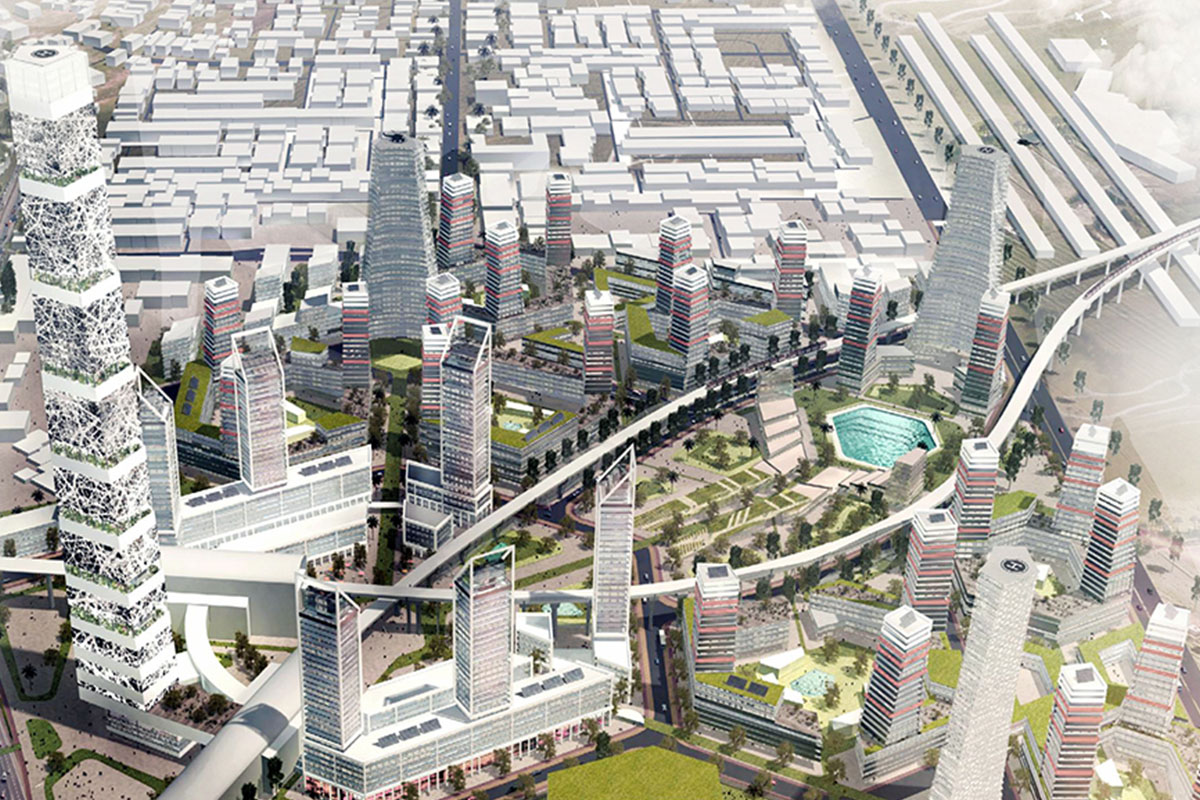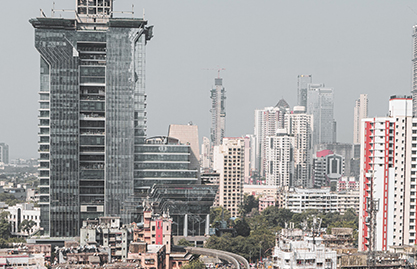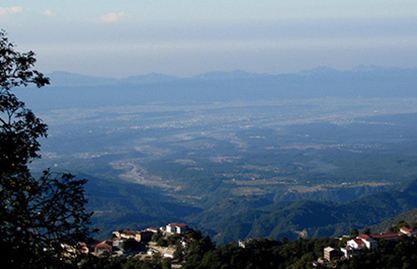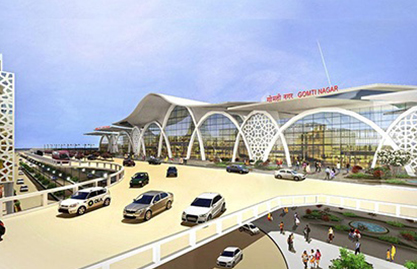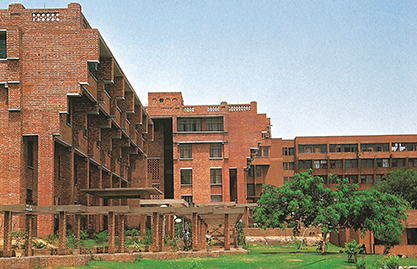Raisina Dialogues - Creating Liveable Cities (Part I)
Global efforts to cater to a surging urban population is resulting in expanding cities that are decreasing the green cover and, in turn, expediting climate change. Practitioners like urban planners, designers, and policymakers engage in dialogues to share knowledge and find solutions for creating livable urban environments.
The Observer Research Foundation (ORF) and the Ministry of External Affairs, Government of India (MEA), partner to organise the Raisina Dialogues annually to bring attention to critical issues that affect the global community. The recently held edition of the dialogue featured a conversation between former Colombian President Iván Duque Márquez and Dikshu C. Kukreja, Architect, Urbanist and Managing Principal of C.P. Kukreja Architects, New Delhi, on creating Liveable Cities.
This two-part blog series presents the conversation between the two as they continue their discussions from a previous meeting held in Bogota in the summer of 2022, featured in Kukreja’s recent talk show, Tale of Two Cities which focused on bringing conversations around cities and urbanisation to the forefront. The first blog explores the concepts of BiodiverCities, Orange Economy, and how cities can combat climate change.
Dikshu Kukreja (DK):
Welcome to Raisina Ideas Pod, President Duque. After a very engaging meeting that we had in the presidential palace in Bogota last summer, I thought it would be great to carry forward our conversation on livable cities. Cities need a transformation, and they continue to be in a state of transformation. Whether it's for the better or we need to make amends is something we need to talk about. We have been talking about how cities are the engines of growth. But when an engine is on the verge of derailment, it needs repair. As the theme of Raisina 2023 goes, we need to search for the lighthouse. Cities have, in many senses, been the lighthouse of civilisation over centuries. We must consider the importance of cities and see how and what we need to do to make our cities more livable. Now, I know at Davos last year, you spoke about BiodiverCities. It's an interesting concept I'd like to hear from you more about. When you say BiodiverCities, what is the diversity you have in mind?
Ivan Duque Marquez (ID):
Well, thank you so much, Dikshu. It is a great honour for me to participate in this wonderful event. It's great to see you again. And it's a pleasure to have this dialogue where I also want to pick your brains on your vast knowledge of cities around the world. So let me first begin by talking about what BiodiverCities mean. We started working on this concept with a team of the World Economic Forum and with Klaus Schwab, almost two and a half years ago. To protect biodiversity today, we must see how our cities behave. All the cities in the world must assume a compromise to protect nature and biodiversity effectively. To make this happen, we must have clean transportation, a sound credible and sustainable waste management system, energy transition, clean transportation, and a transformation in the energy matrix, giving more priority to non-conventional sources, primarily solar and wind energy.
We are also looking at cities that can create circular economies that protect the rivers and the species of nature that surround them. So that is the essential element of our biodiversity. We have created a world index and published a book on the web. With this idea, while we speak about more cities worldwide, we should start thinking about the pressure they're generating on energy generation, water sources, etc. So I believe this is a concept that, if integrated with the concept of creative cities, livable cities will create a better expression. You were in Colombia when we first launched this concept, and you saw how this concept was evolving. What is your take on the lessons that Colombia has on BiodiverCities?
DK:
What I witnessed in Colombia was an eye-opener. The cities that I visited, whether it's Bogota or Cartagena, that I had read and heard so much about, and the state of despair that these cities have been in for many decades, have been transformed into an urban utopia. A revolution has occurred in how these cities have transformed for the better. That was a pleasant awakening.
Generally, we think that all the advanced economies in the world are the ones which can take care of the cities. But for the global South, whether it's Latin America, India and parts of South Asia, it is thought that we cannot afford to make the urban environment better. Colombia is a fitting example to show that transformation can be brought to these parts too. In India, for example, we are facing a huge challenge. In India, we have 30 people migrating to cities per minute. That happens every single minute as we continue to talk and every hour that goes by.
That's a huge number, which is translating to India needing another Chicago every year to take care of that kind of influx. Those are mind-boggling statistics. Generally, we believe that cities are the magnets where people need to converge. But if a country has to progress, people have to progress. We need to understand our coexistence with nature. That is what biodiverse cities talk about. Nature and built development need to coexist. Buildings can’t be made at the expense of nature. And that coexistence, coupled with the concepts of sustainability, is something we need to consider if we are talking about livable cities.
ID:
Good, Dikshu. And you know, in our specific case in Colombia, while we reflect on it when we talk about climate change- the pressure for the climate is on cities. Because the cities generate pressure on water sources and pollution out of transportation systems and have systems that release chemicals into the rivers. So, if we start changing the behaviour of cities, we can also contribute to reaching a carbon-neutral urban environment. We live in a world which has lost almost 69% of all its wildlife in the last 40 years. Our cities need to work in favour of protecting biodiversity. So we must align our behaviour with the overall behaviour of cities to have a carbon-neutral, nature-positive planet.


